 Scientists Convert a Cell Phone Camera to a Fluorescent Microscope, Flow Cytometer
by Shiri Yaniv on Apr 11, 2013
Many fields of science and medicine rely on the use of microscopes and flow cytometry. Microscopes are used in multiple areas of the medical fields such as to identify pathogens, and examine tissue samples for aberrations, to name a few. Flow cytometry is used for cell sorting, counting and biomarker detection, and is used for the diagnosis of several disorders, including hematological malignancies. While they both play a major role in diagnosing patients, the availability of this technology, especially to poor, remote countries, is lacking. Since microscopes and flow cytometers are both expensive and bulky, taking them into the field isn’t practical. To work around this problem, a group of scientists from UCLA has developed an attachment to a regular cell phone that can turn it into a fluorescent microscope or fluorescent flow cytometer.
The basis of this technology is that a lens placed between the sample of interest and the cell-phone camera unit collects the fluorescent signal. Simple LEDs excite the fluorescent protein while a simple plastic filter rejects the scattered excitation light, thereby creating a dark field background necessary for viewing fluorescent images. In the case of a flow cytometer, there is a microfluidic chamber through which a specimen can be pumped. Then, using the video mode of the phone, it is possible to actually film the movement of the fluorescent specimen, for example blood cells that have been tagged with a florescent marker, as well as to count them. Using a similar contraption, only without the chamber, the phone can also be used as a mobile fluorescent microscope by placing the specimen between two glass plates that can be visualized by taking a picture in night mode.
Scientists Convert a Cell Phone Camera to a Fluorescent Microscope, Flow Cytometer
by Shiri Yaniv on Apr 11, 2013
Many fields of science and medicine rely on the use of microscopes and flow cytometry. Microscopes are used in multiple areas of the medical fields such as to identify pathogens, and examine tissue samples for aberrations, to name a few. Flow cytometry is used for cell sorting, counting and biomarker detection, and is used for the diagnosis of several disorders, including hematological malignancies. While they both play a major role in diagnosing patients, the availability of this technology, especially to poor, remote countries, is lacking. Since microscopes and flow cytometers are both expensive and bulky, taking them into the field isn’t practical. To work around this problem, a group of scientists from UCLA has developed an attachment to a regular cell phone that can turn it into a fluorescent microscope or fluorescent flow cytometer.
The basis of this technology is that a lens placed between the sample of interest and the cell-phone camera unit collects the fluorescent signal. Simple LEDs excite the fluorescent protein while a simple plastic filter rejects the scattered excitation light, thereby creating a dark field background necessary for viewing fluorescent images. In the case of a flow cytometer, there is a microfluidic chamber through which a specimen can be pumped. Then, using the video mode of the phone, it is possible to actually film the movement of the fluorescent specimen, for example blood cells that have been tagged with a florescent marker, as well as to count them. Using a similar contraption, only without the chamber, the phone can also be used as a mobile fluorescent microscope by placing the specimen between two glass plates that can be visualized by taking a picture in night mode.
2013年5月3日金曜日
the use of microscopes and flow cytometry by Smartphone
 Scientists Convert a Cell Phone Camera to a Fluorescent Microscope, Flow Cytometer
by Shiri Yaniv on Apr 11, 2013
Many fields of science and medicine rely on the use of microscopes and flow cytometry. Microscopes are used in multiple areas of the medical fields such as to identify pathogens, and examine tissue samples for aberrations, to name a few. Flow cytometry is used for cell sorting, counting and biomarker detection, and is used for the diagnosis of several disorders, including hematological malignancies. While they both play a major role in diagnosing patients, the availability of this technology, especially to poor, remote countries, is lacking. Since microscopes and flow cytometers are both expensive and bulky, taking them into the field isn’t practical. To work around this problem, a group of scientists from UCLA has developed an attachment to a regular cell phone that can turn it into a fluorescent microscope or fluorescent flow cytometer.
The basis of this technology is that a lens placed between the sample of interest and the cell-phone camera unit collects the fluorescent signal. Simple LEDs excite the fluorescent protein while a simple plastic filter rejects the scattered excitation light, thereby creating a dark field background necessary for viewing fluorescent images. In the case of a flow cytometer, there is a microfluidic chamber through which a specimen can be pumped. Then, using the video mode of the phone, it is possible to actually film the movement of the fluorescent specimen, for example blood cells that have been tagged with a florescent marker, as well as to count them. Using a similar contraption, only without the chamber, the phone can also be used as a mobile fluorescent microscope by placing the specimen between two glass plates that can be visualized by taking a picture in night mode.
Scientists Convert a Cell Phone Camera to a Fluorescent Microscope, Flow Cytometer
by Shiri Yaniv on Apr 11, 2013
Many fields of science and medicine rely on the use of microscopes and flow cytometry. Microscopes are used in multiple areas of the medical fields such as to identify pathogens, and examine tissue samples for aberrations, to name a few. Flow cytometry is used for cell sorting, counting and biomarker detection, and is used for the diagnosis of several disorders, including hematological malignancies. While they both play a major role in diagnosing patients, the availability of this technology, especially to poor, remote countries, is lacking. Since microscopes and flow cytometers are both expensive and bulky, taking them into the field isn’t practical. To work around this problem, a group of scientists from UCLA has developed an attachment to a regular cell phone that can turn it into a fluorescent microscope or fluorescent flow cytometer.
The basis of this technology is that a lens placed between the sample of interest and the cell-phone camera unit collects the fluorescent signal. Simple LEDs excite the fluorescent protein while a simple plastic filter rejects the scattered excitation light, thereby creating a dark field background necessary for viewing fluorescent images. In the case of a flow cytometer, there is a microfluidic chamber through which a specimen can be pumped. Then, using the video mode of the phone, it is possible to actually film the movement of the fluorescent specimen, for example blood cells that have been tagged with a florescent marker, as well as to count them. Using a similar contraption, only without the chamber, the phone can also be used as a mobile fluorescent microscope by placing the specimen between two glass plates that can be visualized by taking a picture in night mode.
登録:
コメントの投稿 (Atom)
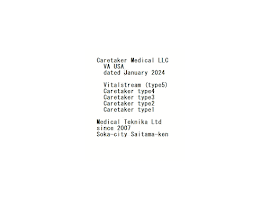





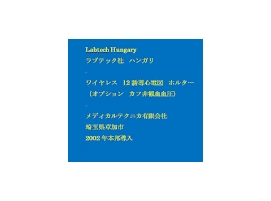
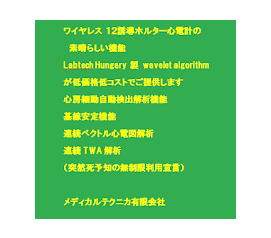


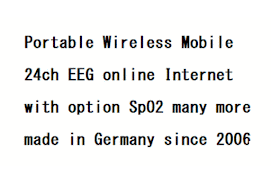
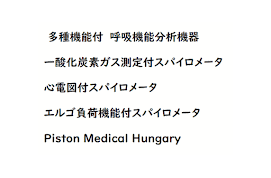
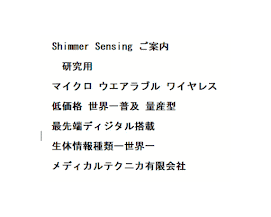


0 件のコメント:
コメントを投稿